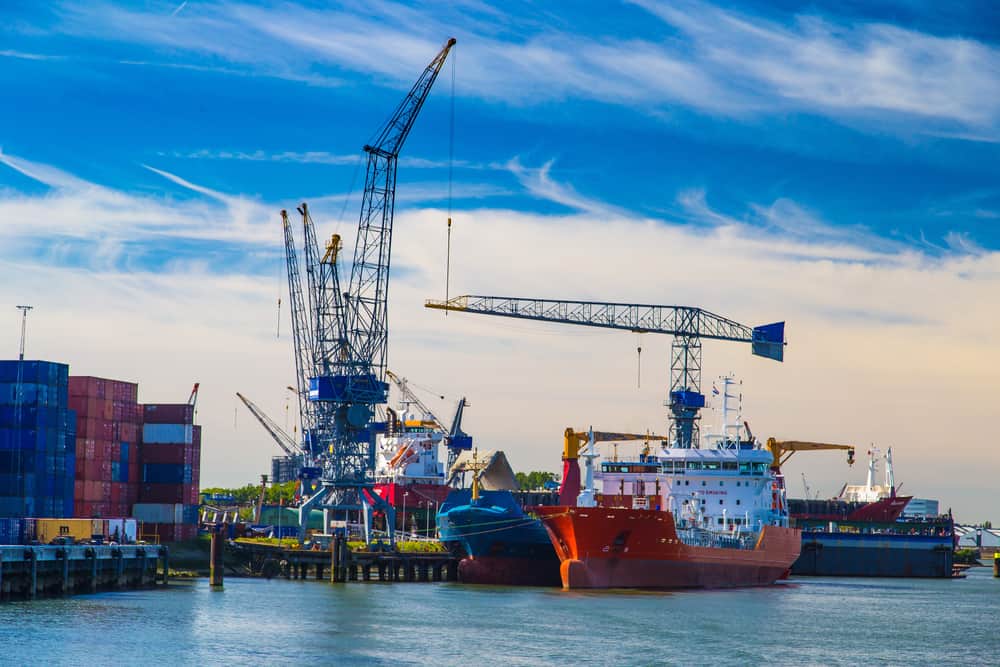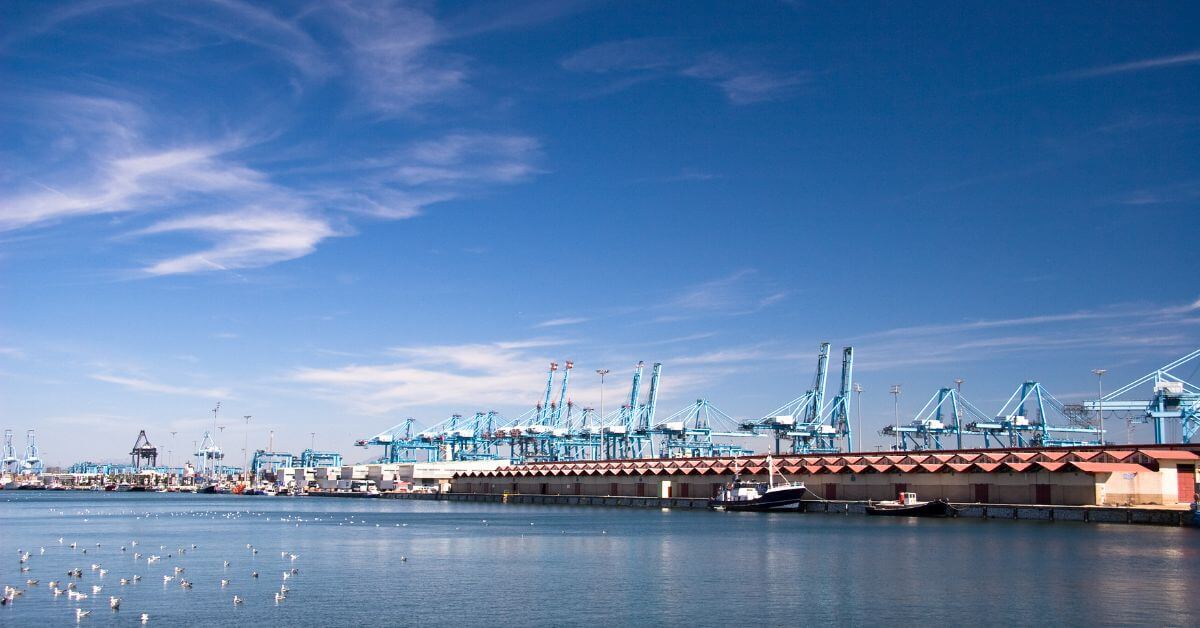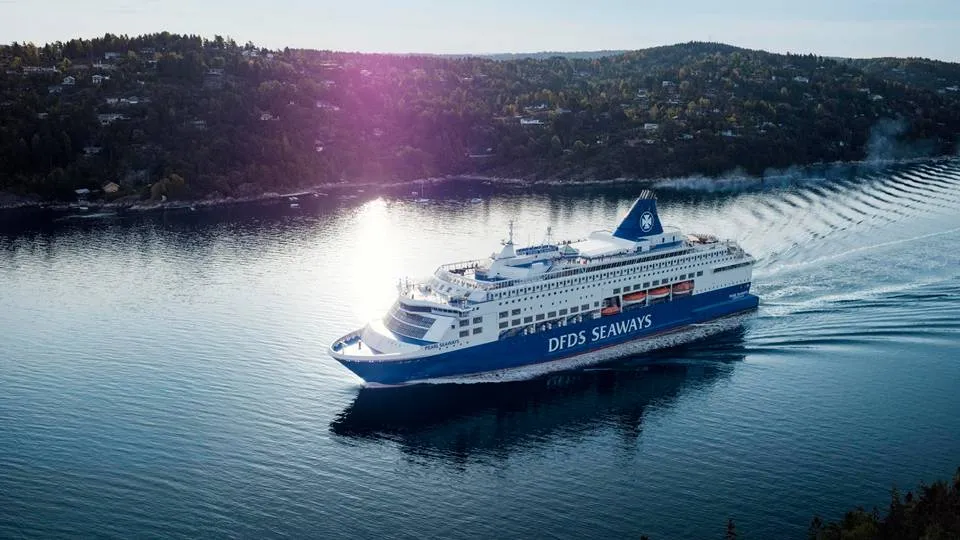With the formal implementation of the Hong Kong International Convention for the Safe and Environmentally Sound Recycling of Ships (HKC), the global ship recycling market is facing multiple challenges, including stricter environmental regulations and a shortage of compliant capacity. Shipbroker BRS recently released a report indicating that the volume of dry bulk carrier demolitions in 2025 could drop to the lowest level since 1990.
According to BRS’s dry bulk research team, due to tight global shipping capacity, persistently high freight rates, and shipowners’ cautious approach to fleet restructuring, many older vessels that would typically be scrapped remain active in the market. Data shows that the average age of dry bulk carriers demolished in 2024 was as high as 29.5 years, significantly higher than the 23-year average in 2016.
▲Source: BRS Shipbrokers
Last year, 76 dry bulk carriers were demolished globally, accounting for 24% of total ship demolitions, but the figure remains historically low. This trend continued in the first half of this year, with only 37 dry bulk carriers scrapped, including 3 Capesize, 14 Panamax, 7 Supramax, 5 Handysize, and 8 small bulk carriers.
BRS predicts that the total demolition volume of dry bulk carriers this year will likely be “far below” the ten-year average of 155 vessels and may even fall below the lowest record since 1990.
Notably, the Hong Kong Convention, which officially took effect on June 26, has become a key variable affecting ship demolition momentum. The convention aims to regulate safety and environmental standards in ship recycling, but its implementation also imposes higher requirements on existing shipbreaking yards.
BRS noted: “In the absence of significant freight rate fluctuations, the implementation of HKC will suppress global demolition capacity in the short term, as the number of compliant shipbreaking yards remains limited.”
Industry estimates suggest that Bangladesh currently has only 10 HKC-certified shipbreaking yards, with expectations of increasing to 15 in the near future. India leads by a wide margin, with 112 compliant yards, accounting for the vast majority of its total. Meanwhile, Pakistan remains a “blank zone,” and Turkey has only one compliant facility.
▲Source: BRS Shipbrokers
Despite the challenges, Bangladesh remains the world’s largest dry bulk carrier demolition hub, accounting for 53% of global demolitions as of mid-2025. BRS attributes this advantage to India’s shipbreaking yards undergoing large-scale upgrades and tensions between India and Pakistan making Bangladesh a more favorable market choice.
However, Bangladesh also faces severe challenges. BRS warned that achieving HKC compliance requires an average investment of $7 million per yard. Due to limited financing options and a sluggish demolition market in recent years, many yards struggle to secure sufficient funds for upgrades.
Additionally, the new regulations require vessels to obtain an International Ready for Recycling Certificate from their flag state before demolition. This certification hurdle may further divert demolition orders to compliant markets like India, putting additional pressure on Bangladesh.




